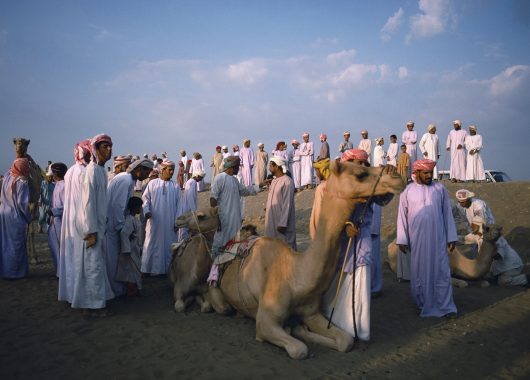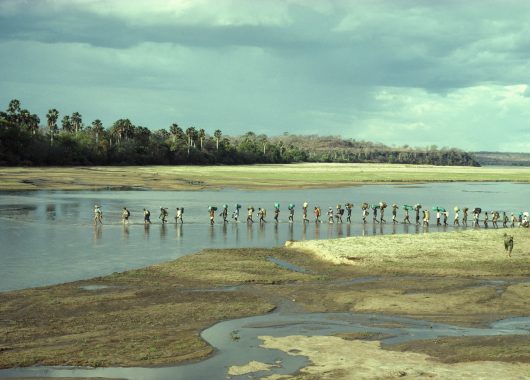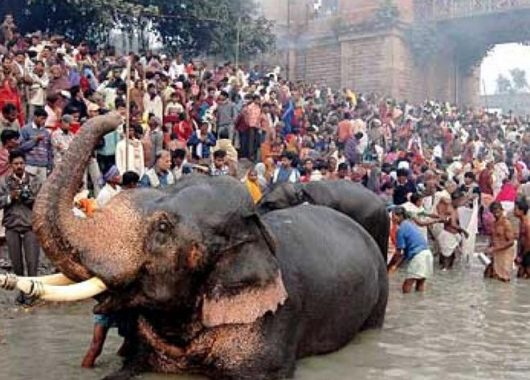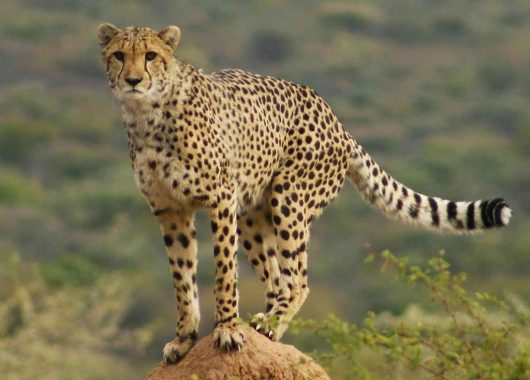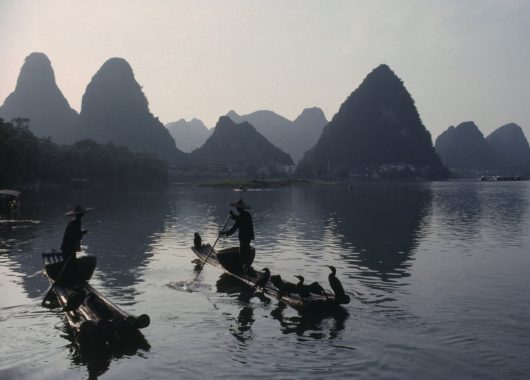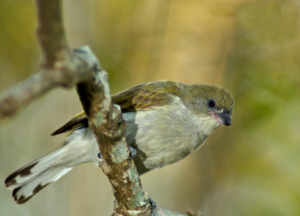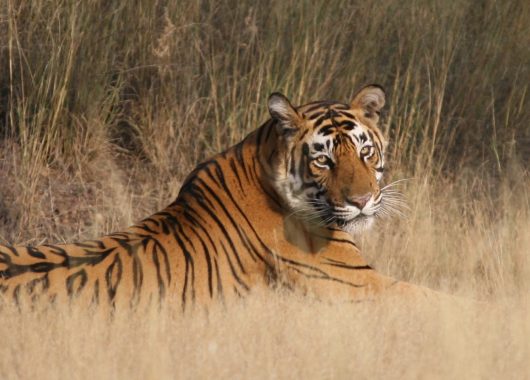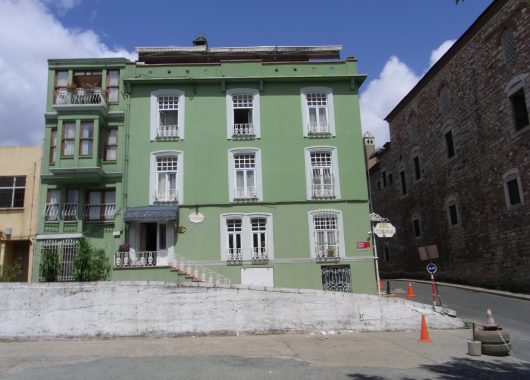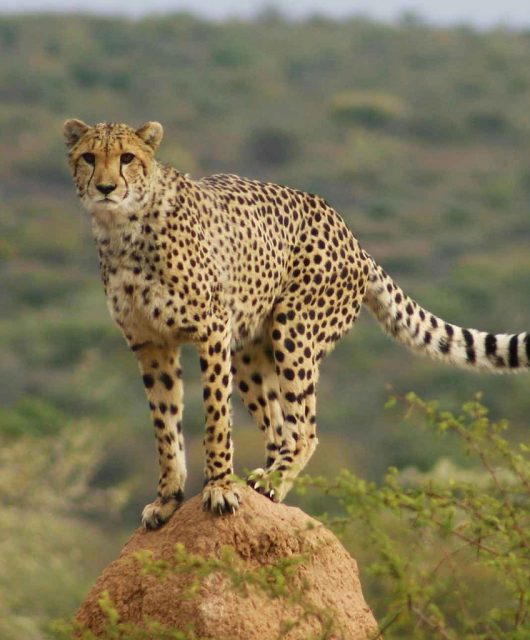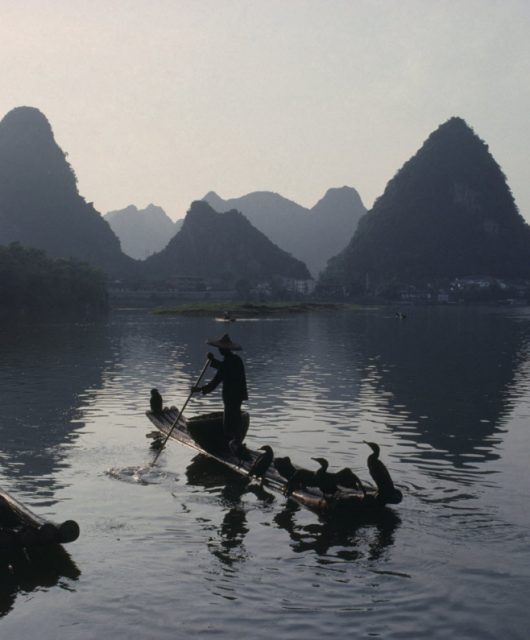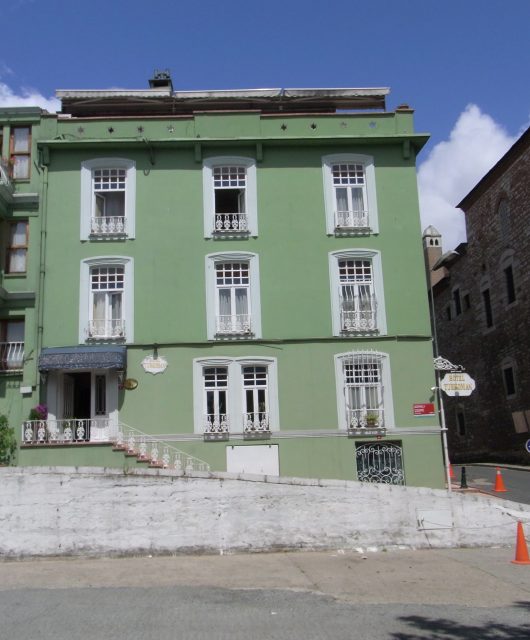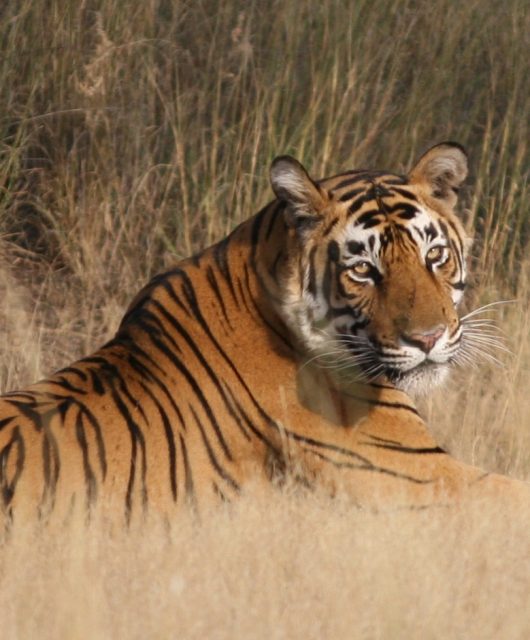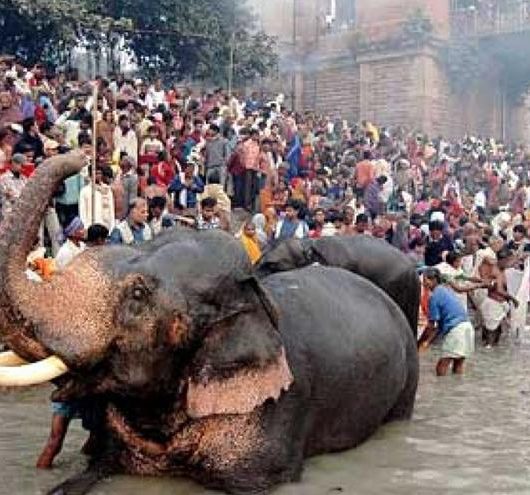Gorillas
This article was first published by Harpers & Queen, January, 1988.
Until the pioneering studies of George Schaller in the 1950s, the gorilla was considered a terrifying and savage beast, rumoured to have a propensity for raping women. These false stories were not altogether surprising, for no European had seen a live gorilla until the middle of the last century and, as recently as the 1980s, one naturalist would enter the gorilla’s forest only when protected by an iron cage.
Schaller proved that gorillas are mostly gentle creatures, and that their celebrated charge, often accompanied by piercing yells and intimidating breast-beating, is nearly always bluff.
Dian Fossey, an American naturalist (murdered in 1985, arguably by poachers) took Schaller’s studies a stage further when she habituated the gorillas to a close human presence. It is because of her pioneering work that the Mountain Gorilla (gorilla gorilla berengei) can be visited in Rwanda. This is a great privilege, for there are only some 380 of this mountain species left alive (280 of them in the Virunga mountains along Rwanda’s border) and not one of them will you see in a zoo. Those in captivity are the much smaller and less hairy western lowland gorilla (Gorilla gorilla gorilla) of which several thousand still exist, mostly in Central and Western Equatorial Africa.
Four out of Rwanda’s eighteen groups of gorillas are ‘habituated’ to tourists, and every day each of these groups is visited by a party of six who are allowed to stay with them for an hour. Setting off in one of these parties from the registration centre, I couldn’t believe we were going to visit one of the world’s rarest animals, for the red muddy track, fringed with banana groves, takes you through one of the most densely populated regions of the world. In the distance, the gorillas’ home, a jagged row of forest-covered volcanoes, rose above the morning mist, but meanwhile on either side of us, the road seethed with people: peasants hoeing their two-acre plots, crocodiles of blue-clad school-children, market women wrapped in boldly patterned kikoys, and numerous convicts on parole, who were dressed in pristine Barbara-Cartland-pink safari suits.
After 40 minutes of weaving our way through these crowds, we left the car, and picked up our armed guard, two trackers and a downtrodden man with a plastic case of soft drinks on his head. We set off across a patchwork of tiny fields until we reached the sharply demarcated edge of the forest. Here our guide stopped to lecture us briefly. We were not to smoke, and not to use flash photography. Should we pick up the fresh trail of a gorilla, talking was forbidden. If a gorilla charged, we were on no account to run away, but instead must cast our eyes down and crouch in a deeply submissive posture.
It was a relief to enter the different world of the forest. First we passed through towering stands of 40-foot-high bamboo, then into damp thickets, overshadowed by high clumps of yellow-flowering hypericum, alternating with a thinner forest where beards of lichen trailed down from a dense canopy of trees. Occasionally the forest opened up into meadows, resembling a decayed patch of Sussex; but more often we followed a narrow path with damp vegetation brushing us from both sides.
After about an hour and a half our guide found two gorilla nests, where the animals had spent the previous night. These were like huge birds’ nests, spattered with dung. Now we were forbidden to talk, and the walking became more difficult, for we left the well-trodden path, and the guide had to track the exact route followed by the gorillas since dawn. We squelched our way up through thick vegetation, with giant nettles stinging us through our trousers. Often the track seemed invisible to me, but the guide rarely hesitated. Panting, we reached the top of the hill, and paused to gaze over an invisible frontier into the wooded plains of Zaire. Only a few yards further our guide halted to point out a black blob amidst the green beneath us. A glance through binoculars showed a gorilla serenely gazing up at us.
The guide made appropriate gorilla belch-like calls, so that we wouldn’t alarm any member of the ten-strong group, and eventually we joined our first gorilla, a mother watching a child feed. At first I felt out of place, like an outsider entering a small country pub; but soon all awkwardness was forgotten as we settled to marvel at this creature’s extraordinary face, which held the expression of a fond aunt scrutinising a mischievous nephew’s playtime. A wonderful aspect of gorillas is their apparent resemblance to humans. The few detailed studies reveal that this isn’t sentimental anthropomorphism, but that they are indeed really like humans, though perhaps slightly nicer.
Gazing at this gorilla’s face, I could understand why Dian Fossey, whose studies of gorillas spanned more than nineteen years, used (in her book Gorillas in the Mist) a wide and precise variety of adjectives to describe gorilla expressions: angry, sulky, apprehensive, happy, depressed, quizzical, trusting, and so on. In her immensely detailed description of their lives, she leaves us in no doubt that they experience a wide range of human emotions, including rage, exhilaration, loneliness, pity and scorn, and they even have a sense of humour.
After a few minutes with the mother gorilla, the guide led us off to look for other members of the group, and we found an adolescent male plucking at stinging nettles. I took a photograph of him, then stood aside to let others have their turn. Something in my movement must have disturbed the gorilla, for without any warning he charged towards me, snapping off a tree branch without losing speed. I was so surprised by his charge that I forgot to look down, and soon found myself staring into an angry face, a bared mouth, and an alarming set of yellow teeth. After I had belatedly crouched in the submissive posture, he thwacked me over the head with the branch. This had the merit of disproving the belief of those naturalists, who claim that gorillas do not use tools.
After the angry male had ambled away, the incident made me wonder about the acceptability of intruding into the private life of gorillas. But most experts believe that the benefits of tourism outweigh the disadvantages. The one hour when visitors are allowed to watch the gorillas is only a small part of the day, and if the gorillas truly resented it, they could easily melt into the vegetation. The charging gorilla was a male (females rarely charge) and it is part of the pattern of their lives to make charges, in order to establish a pecking order. The gorilla was just keeping me in my place.
Studies have been undertaken comparing the rate of breeding success between those groups visited by tourists and those left alone. It was discovered that the first group are in fact breeding more successfully; this may have been because the daily visits helped keep poachers away. Poaching may have reduced, but the snares set for other animals often cause wounds and subsequent deaths; and now if one of the habituated gorillas is caught in a snare, the chances are good that he will be released in time. In the 1950s there were about 450 mountain gorillas in the Virungas; by the 1980s their number declined to about 250, but now the population is slowly increasing.
After Rwanda, our party flew to the Kahuzi-Biega park in Zaire to look at a different sub-species of gorilla, the Eastern Lowland Gorilla (Gorilla gorilla graueri), another immense animal, similar to the Mountain Gorilla, though smaller. It is hoped that about 2,000 still survive. Three groups are habituated in Kahuzi-Biega, and an attempt continues to habituate a fourth. Our guide said that a camp has been set up close by the group, and that it will probably take about two years before they can receive visits from outsiders.
We had heard slightly worrying stories about how the Zaireois treat their gorillas, but our guide (Jean Kahekwa) behaved knowledgeably and gently. He told us that at certain times of the year it could take several hours to find the gorillas but that today our walk would probably be less than an hour. We left the road, and after the usual pep talk, entered the forest, accompanied by two trackers equipped with machetes.
The walking was damp and dark, and, checking my camera, I was disappointed to find that, even with a high-speed film, I wouldn’t be able to take photographs; but the path was easier than in Rwanda, for here there were only gentle hills instead of mountains. We were assured that the only potential hazard was columns of safari ants, and to discourage them crawling up our legs we were encouraged to roll our socks over our trousers. On a recent visit a young Danish woman had been obliged to strip off every piece of clothing in a frantic effort to brush away the stinging ants.
After only about half an hour’s walk, we sniffed a zoo-like smell, and found the previous night’s nests, which, characteristically, were free from dung, unlike those of the Mountain Gorilla. A few minutes later the guide pointed to a black body high in a tree, and we could just make out a baby gorilla picking berries. We soon spotted another, then another, and realised that we were right in the middle of this large group of 22 gorillas. As we gazed up into a gentle showering of broken twigs, leaves and berries, a tremendous crashing came from some nearby bushes. Our guide crouched and peered, and whispered ‘Le chef, le chef’. This was the leader of the group. Every team of gorillas has an undisputed boss, a huge silver-backed male, at least fifteen years old. He is probably twice the size of female gorillas, and therefore the most exciting to see. In the case of our present group, the still-hidden silver-back, named Maheshe, was 28 years old, and the largest gorilla among habituated groups.
We very much hoped to get a good view of him; but unlike Rwanda gorillas, those in Zaire tend to keep more on the move. They need to eat about 33lbs of vegetation a day and, because their habitat is not so productive of food, it is often difficult to get a good view of them. We waited in hope, meanwhile being entertained by a baby gorilla who pranced and preened on a tree trunk, giving a strong impression of delight at our attention.
Suddenly a renewed crashing in the undergrowth alerted us to fresh movement by the silver-back. The noise moved further away, and soon a massive beast levered himself out of a thicket and began to climb the thick tree trunk. It seemed impossible that such a large animal could climb a tree, but he soon reached 30 feet, and then stretched out his massive arms – they have a span of eight feet – to pluck at leaves and berries. We waited at a respectful distance, hoping that he would come down to give us a close and clear view. After about ten minutes he climbed down the tree and then – an intensely exciting moment – advanced towards us. Even though I knew that gorillas almost never attack, my heart thudded, for it was the most awesome beast I had ever seen. I was aware that he was a gentle vegetarian, but it was impossible not to be aware of the immense strength which could snuff out a life within seconds. As he advanced, Jean soothingly raised his hands: ‘Calme, Maheshe, calme’.
Maheshe turned away, displaying his magnificent silver back, and retreated into a thicket. With a small detour we followed gently and quietly behind. After a few minutes, we couldn’t believe our luck, for he emerged on all fours into one of the very few clearings with enough light to take photographs. He then sat up on his backside and faced us, while munching away on some endive shaped bamboo shoots. We had time not only to take photographs but to put away our cameras and just gaze at him with only our eyes.
When he finally retreated into the forest, we realised that no further sighting could be better than this, so we began our journey back. Entirely happy, we returned to the road where a combination of rain and sun had brought out clouds of butterflies which, hungry for salt, landed on our bodies to drink from our sweat.
![]()
The Diana Fossey Gorilla Fund
https://gorillafund.org/
![]()
Articles by John Hatt
Other Articles
![]()
![]()

